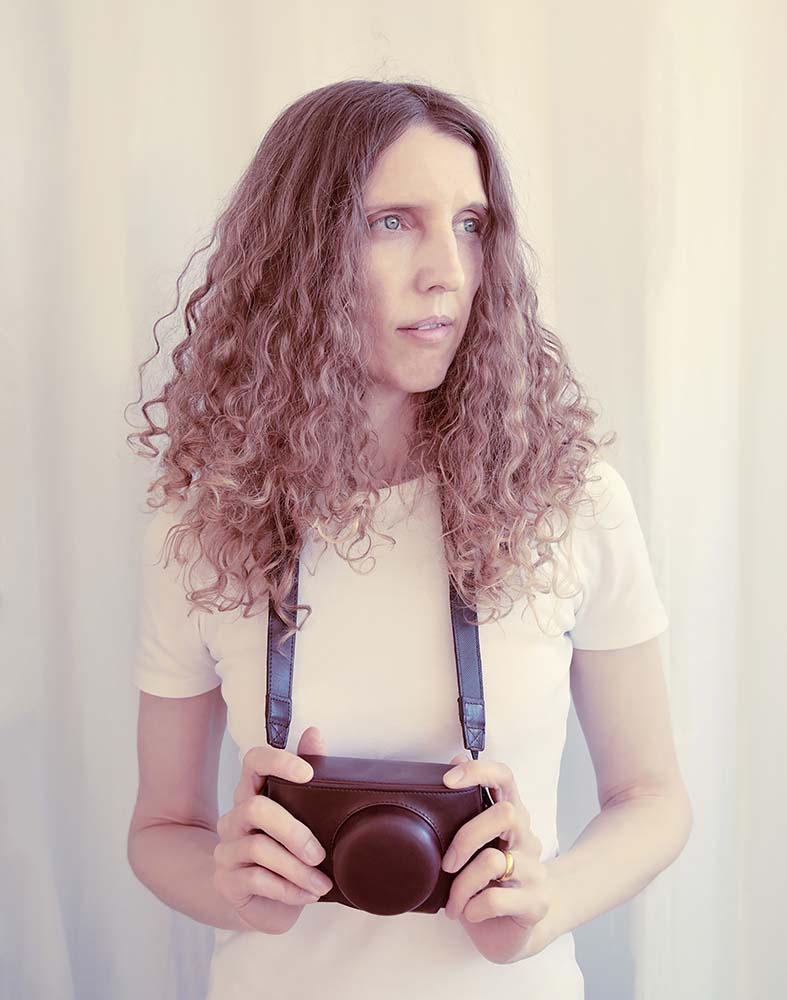Vicky Martin is an award winning fine art photographer based in the UK. Although she studied art and photography in the 1990s it was not until 2008 when she was awarded a prestigious Rhubarb Bursary that she was able to pursue photography full time. Since then Vicky has had her work published and exhibited nationally and internationally: from Europe to the USA in solo and group shows.
Her work continues to garner many awards and nominations, including Winner of Single Image in the Professional Fine Art Category at the 2018 12th Julia Margaret Cameron Awards, Directors Choice Award in the Portrait Exhibition at
Praxis Gallery, Winner of the Professional Fine Art Category in the 2016 Fine Art Photography Awards, nominations and honorable mentions in the Julia Margaret Cameron Awards, IPA ,TIFA, IPOTY, PX3 Color Red, Neutral Density Awards, CHROMATIC International Color Photography Awards, La Grande Photo Awards, International Color Awards, Siena International Photo Awards, Photography Grant Award, the Aesthetica Art Prize and 1st place winner
AAP Magazine Colors.
Throughout Vicky's practice she explores her fascination with identity and the emotions that are created by considered scenarios that are based in both fantasy and reality. Her work explores identity through staging and creating realities for characters who often display conflicting emotions with situations. Vicky seeks to encourage the viewer to ask questions of her work to which ultimately the answers depend on the viewer's own personal identity and perceptions.
Discover Vicky Martin's Interview